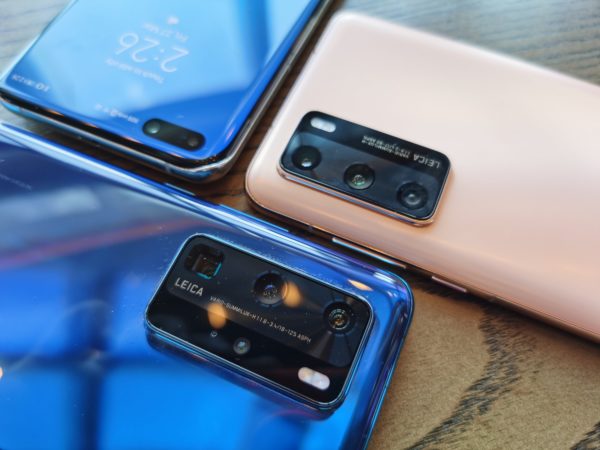
For many users, Huawei phones have created such a niche in mobile photography that it is hard to use another phone even with the lack of Google apps in new Huawei models like the recently launched P40 Pro.
Once again, you find the latest innovations in the new flagship model this time, starting from the multi-lens setup to the smart use of a large image sensor.
Like its predecessor the P30 Pro, the P40 Pro sports four cameras. This time, you get a depth sensor, a 50-megapixel camera for wide-angle shots, a 40-megapixel camera for ultrawide-angle shots and a 12-megapixel 5x optical zoom camera.
While all the sensors can now capture more pixels, it is the inclusion of the 1/1.28-inch main camera sensor that catches the eye.
This is significant as the P40 Pro’s camera sensor is now very close to sensors found on a high-end professional compact camera such as the Sony RX100 Mark VII camera.
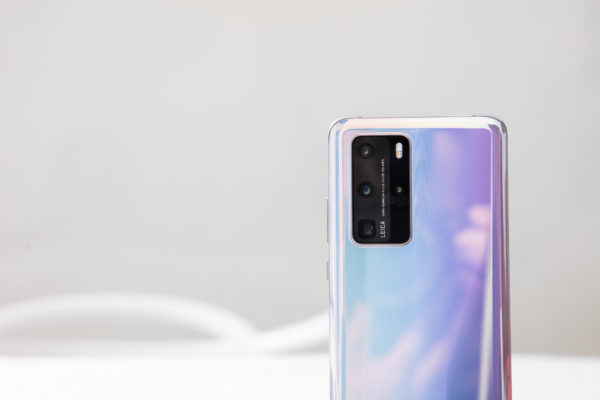
There are a few key advantages using a large sensor, chief of which is the ability to capture much more light to create an image.
This is especially crucial for low-light photography where details are often lost because of a low shutter speed being employed by smartphone cameras.
Of course, we can mount the smartphone on a tripod to ensure that there is ample time for the camera to capture the image. Then again, that takes away the spontaneity of taking photos with your smartphone.
A larger sensor will also provide a better dynamic range, which means more details captured in the shadow and highlights areas, while eradicating unwanted noise pixels.
Together with Huawei’s proprietary Red-Yellow-Blue sensor that is said to record 40 per cent more light, the P40 Pro’s main camera promises better image quality than rivals.
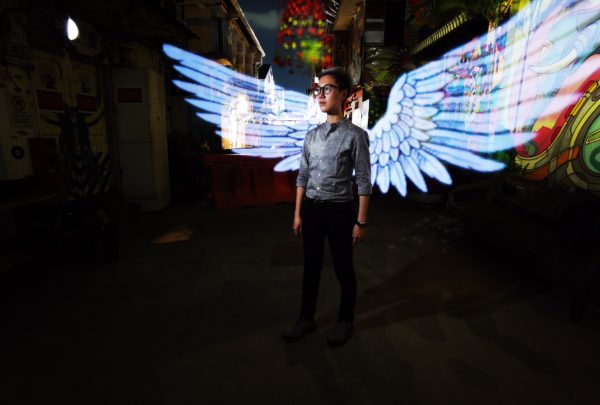

If you are serious about photography, you’d probably switch from saving your images in regular JPEG files to RAW files, which are larger in size but do not lose any details as a result.
Here, the P40 Pro’s performance using DNG (Digital Negative) RAW files is praiseworthy. It brings out details that a regular JPEG file cannot, as shown in the images above.
Using the phone’s manual mode, I was able to do light painting with a 10-second exposure. While the JPEG file shows an image that has very little detail in the shadow areas, a quick edit using Adobe RAW reveals how much good details can be extracted and retained with the RAW file.
While most will not appreciate how much better the sensor has improved using the ‘Pro’ (Professional) mode, what’s clear are the better snapshots taken with the phone’s auto mode, especially for night shots.
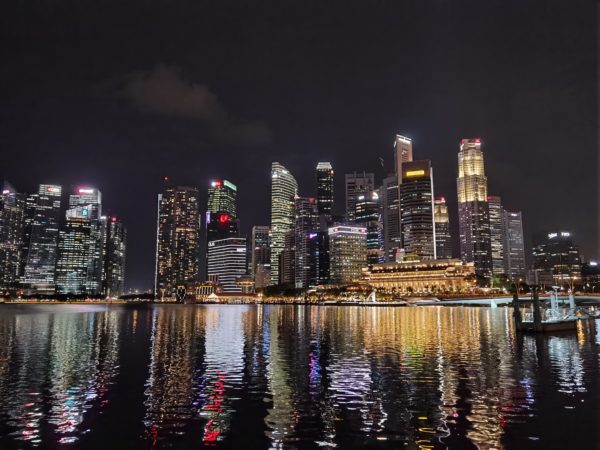
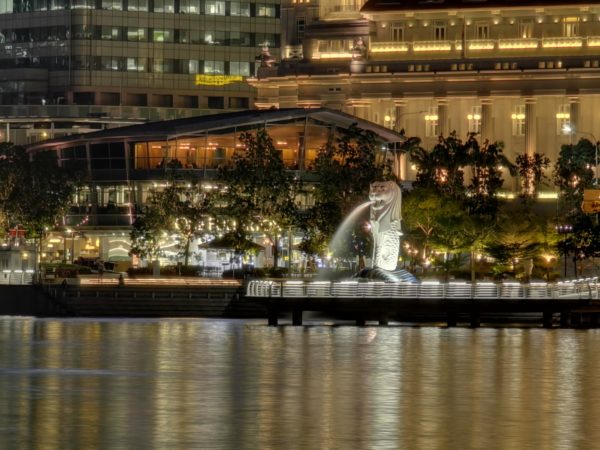


I did a stress test using the phone’s telephoto capabilities at night, shooting the Merlion from across Marina Bay just beside Glutton’s Bay.
I used the latest computational photography algorithm employed by the Leica-Huawei engineers called XD Fusion Image Engine. This engine combines RAW image data from all the various cameras in the phone and processes them into one single file.
From the shots, the smartphone is able to extract all the necessary data to produce a very usable image. Although it will not rival images from DSLR and mirrorless cameras, its quality is good enough for sharing on social media, for example.
If you are looking for a better telephoto system, the higher-end P40 Pro+ with two telephoto lenses should provide better zoom capabilities over the P40 Pro’s single 5x telephoto camera.
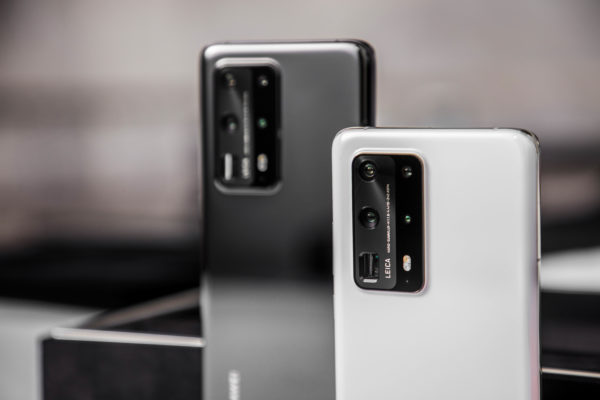
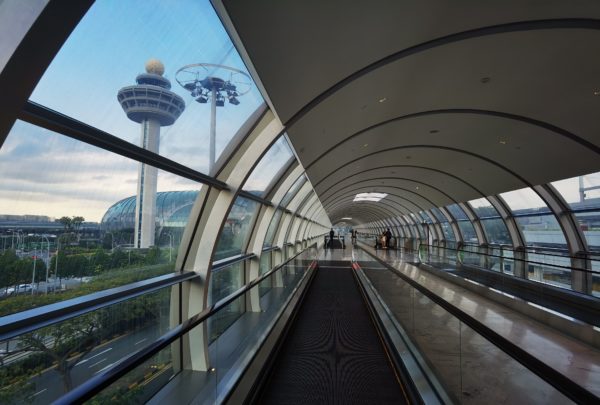
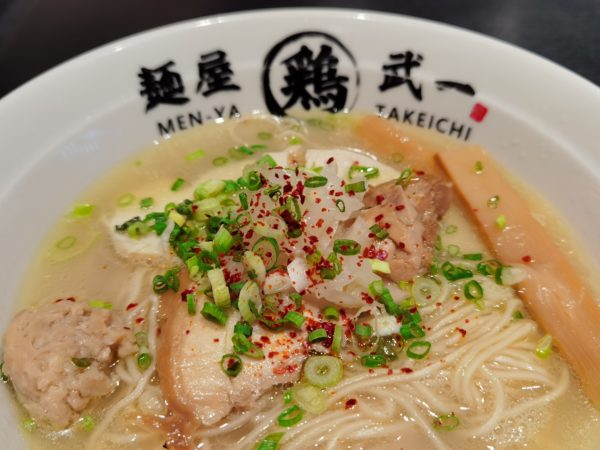

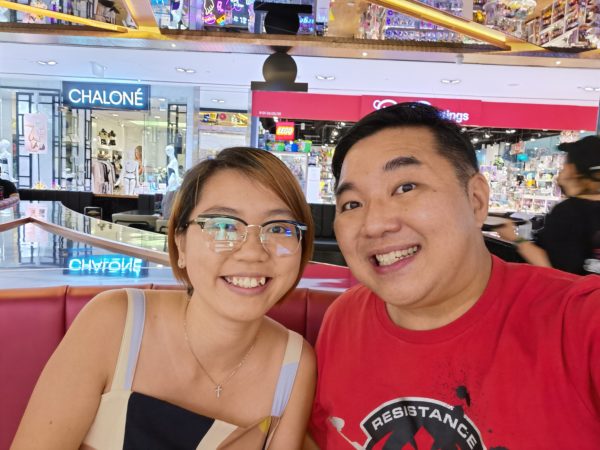
There is also good news for selfie lovers. Although the 32-megapixel camera did not change much, the images from the front-facing have a more natural colour and render the skin tone better than the P30 Pro. I just wish the camera processing is less aggressive with the sharpening.
There are some new tricks from Huawei as well. One called Golden Snap helps you choose the best shot from a series of shots taken continuously so you can capture the perfect jump shot.
This is surely not a new thing as we have seen this before from other smartphones. What’s new are features that let you remove passers-by and reduce reflection, for example.
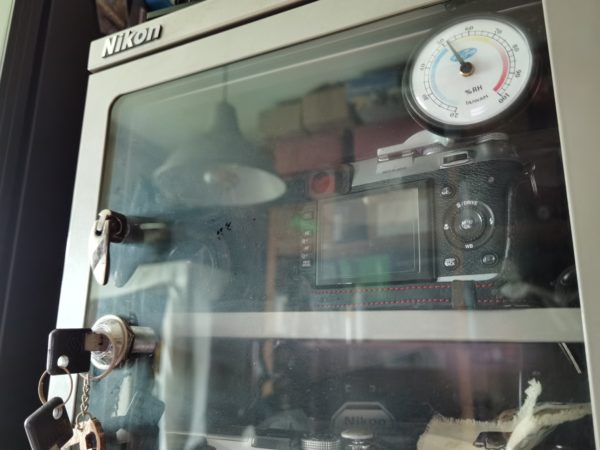
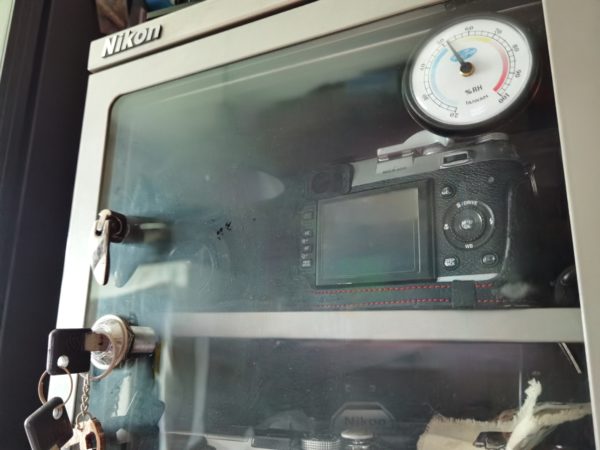
To use Golden Snap, you have to activate the Moving Picture mode that takes up a lot more space than your typical shot. It also takes time to process and save the image file.
To remove passers-by, the camera must recognise a subject through face detection before it can work. That’s not all. You still need to edit the image within the camera app and further process the images.
With all the hassle involved, maybe it’s easier to just avoid any passer-by in your frame or place your camera at an angle that will have the least reflection.
If you like to produce short videos, the P40 Pro uses the wide-angle camera to record clips in 4K resolution at 60 frames per second. Coupled with the all-direction audio capture using three microphones and software stabilisation, the phone is camera of pretty decent video clips for sharing online.
The P40 Pro represents what computational photography has done to mobile photography. Part of the reason for its success is how the Kirin 990 5G processor is able to keep up to the task.
With 8GB of RAM and 256GB of storage space, the P40 Pro also packs enough horsepower in the engine to run your favourite apps without issues.
The other highlight is the use of a 6.58-inch OLED screen running at 90Hz. While 60Hz is the standard for most smartphones, having a faster refresh rate is actually easier on the eyes. This is especially when I navigate through the phone.
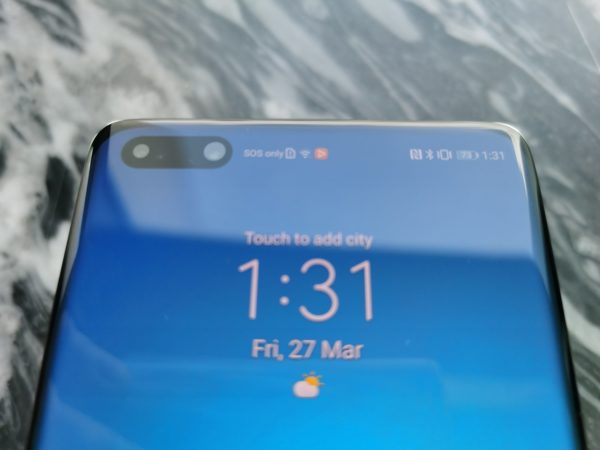
When it comes to connectivity, the P40 Pro has its bases covered. One of the main grouse I have with the new flagship smartphones is the inability to use two SIM cards whenever I need to use the expandable memory card.
The P40 Pro now comes with e-SIM capability so now you can use two phone numbers while having more storage for your photos and videos. This can come in handy when traveling overseas.
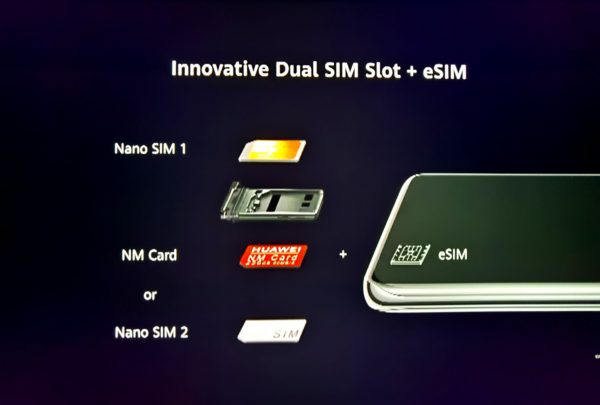
For such a powerful phone, I was quite perturbed when I first found that the phone only has a 4,200mAh battery in the phone, which is the same as the P30 Pro’s.
However, I have tried to use the phone at the maximum settings including using the screen at the fastest refresh rate and yet it could last a day easily. It does run hot when I’m shooting videos but that dose not seem to affect the phone’s performance.
If you do find yourself at the wrong end of the battery indicator, Huawei’s 40W SuperCharge power adapter charges up the phone pretty quickly too. A 27W wireless charger is also available separately.
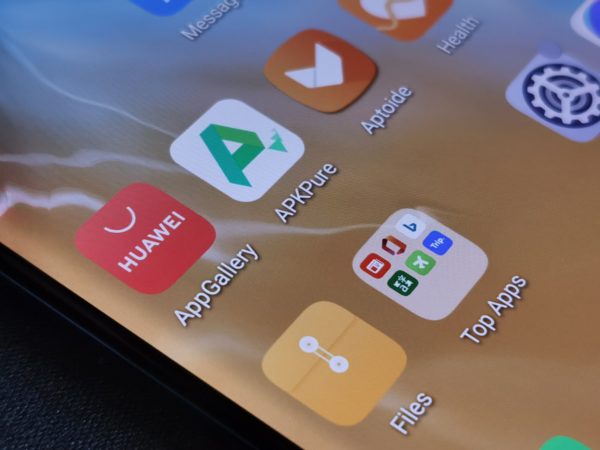
The Huawei P40 Pro does represent the best hardware that the Chinese firm is able to muster but that is only half the story. The phone runs the open-source version of version 10 of the Android operating system but will not come with Google Play Store and apps such as Gmail and Maps.
The good thing about Android OS is that there are some ways to mitigate the obvious disadvantages, though they are an obvious deal-breaker for those who want these Google apps and many more others on the Google app store.
Having said that, I did get the P40 Pro running with access to Facebook, Instagram, SnapSeed, Google email access, Netflix, Here We Go map and a special YouTube aggregator app into the phone. Personally, I did not feel I missed out much using the P40 Pro as my main phone for the last two weeks.
At S$1,448, the P40 Pro is priced high like many flagship models. However, it is a more affordable 5G phone than the Samsung Galaxy S20 Ultra (S$1,898) or Oppo FindX2 Pro (S$1,699).
Then again, without any 5G networks in Singapore for the foreseeable future, saving the money on a 4G phone is a wiser choice. By the way, the P40’s S$1,048 price tag is more agreeable.






